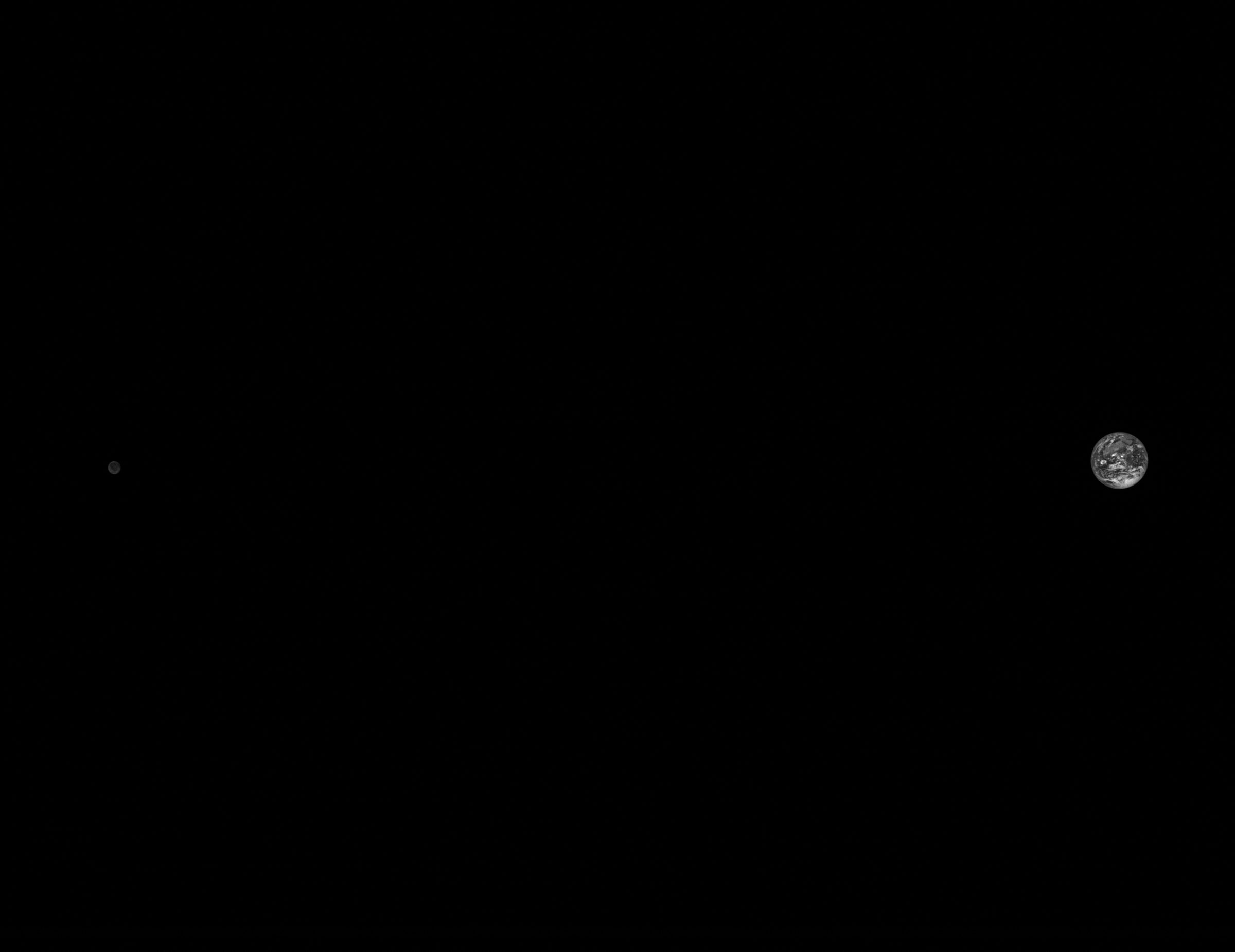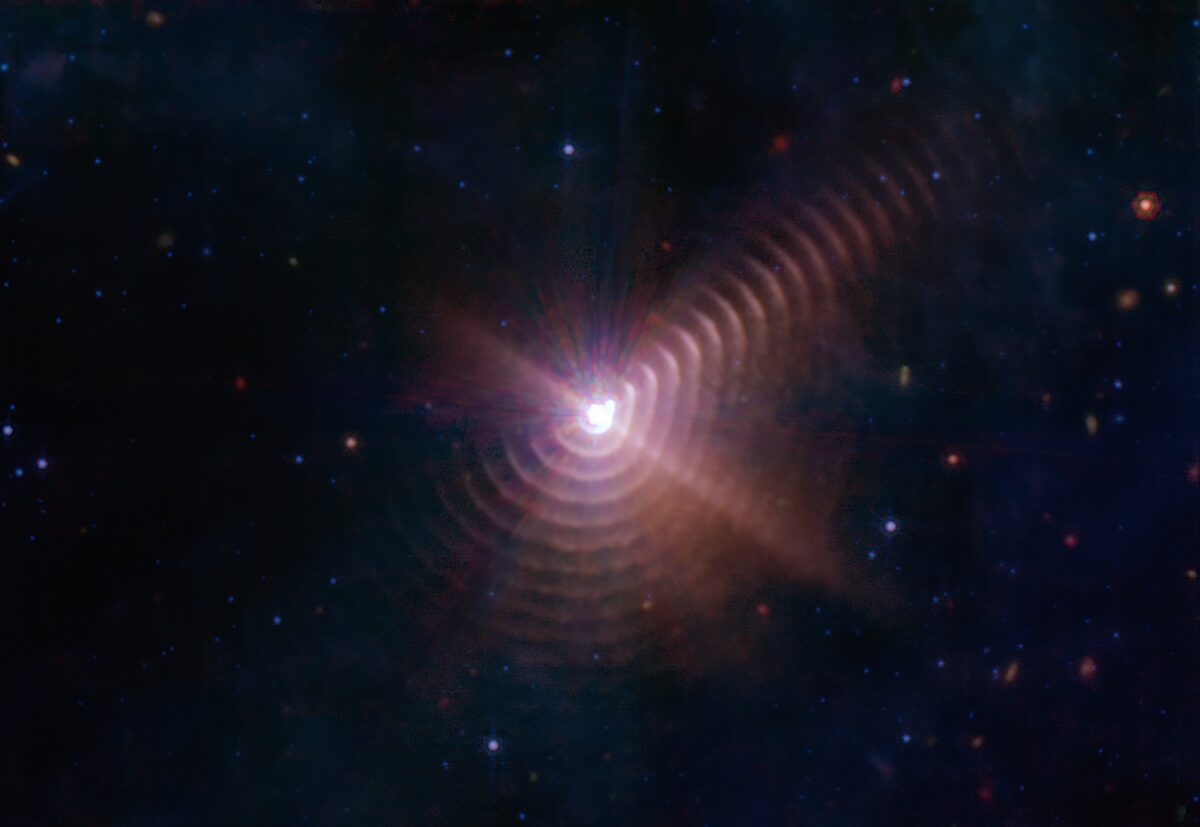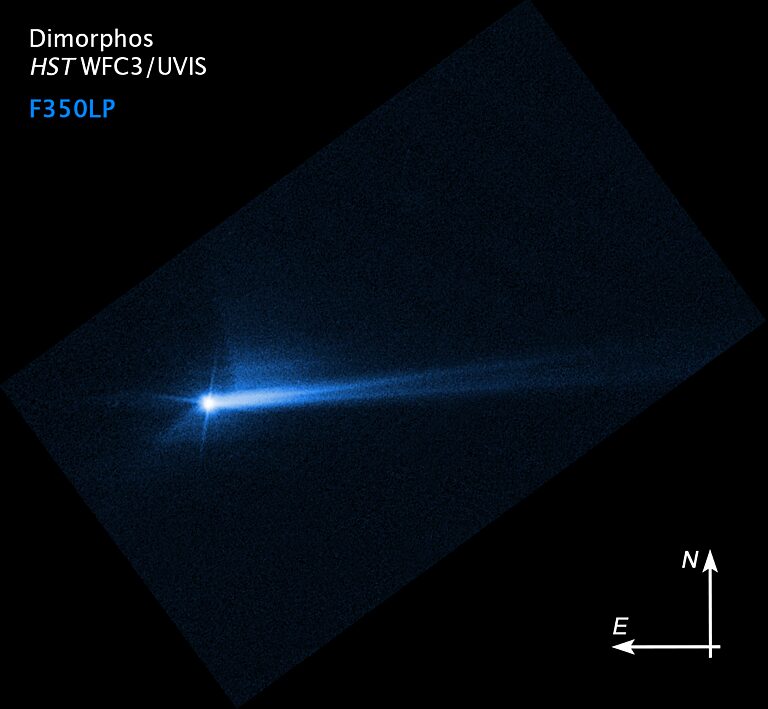Jason Davis • Oct 31, 2022
Best space pictures of the month: October 2022
Space images surprise and delight us. Whether it’s a stunning vista seen by a planetary mission, a photographer’s snapshot of a rocket launch, or a space telescope’s view of distant galaxies, pictures of the Cosmos help us experience the wonder of space exploration firsthand.
Here are some of our favorite space images released in the last month. We’ve asked experts to weigh in on two of them, starting with this spectacular view of Europa captured by NASA’s Juno spacecraft:

Björn Jónsson, a software engineer and image processor, created this image using raw Juno data. He tells The Planetary Society:
"This image of Europa is of particular interest because it includes a fairly large area that was poorly imaged before the Juno Europa flyby. Many interesting features are visible, including long ridges and bands.
This is also, in my opinion, probably the best global color image available of Europa when data quality and resolution are taken into account. This is rather amazing because originally Juno wasn't expected to image any of Jupiter's satellites at close range and in fact, the original mission plan didn't even include a camera on Juno."
Another stunning image released in October was the Eagle Nebula’s Pillars of Creation, as seen by the James Webb Space Telescope:

It took a small team to process the image, including Alyssa Pagan, a science visuals developer at the Space Telescope Science Institute in Baltimore, Maryland. She writes:
"I never imagined I would be processing the near-infrared observations for such an iconic image like the Pillars of Creation and it truly was a privilege. JWST is able to peer through the dust, revealing a plethora of stars and granting us a new and extended view of the pillars stitched together from multiple observations.
The red, embedded sources are particularly beautiful as they represent the birth of young stars normally hidden in a cocoon of dust. Since the stars are such a significant part of this image, they were actually extracted initially so the dust and bright stars could be processed separately. This allowed us to pull out details and structure in the dust and gas without affecting and saturating the stars. As there is so much to see in the Pillars image, adjustments in color and tonal contrast were made to bring out prominent features in each filter while creating a sense of depth and providing room to explore."
Here are some more space images that caught our attention this month:







Support our core enterprises
Your support powers our mission to explore worlds, find life, and defend Earth. You make all the difference when you make a gift. Give today!
Donate

 Explore Worlds
Explore Worlds Find Life
Find Life Defend Earth
Defend Earth

